Italian fruits are a wide variety of fresh produce grown across Italy, known for their high quality and rich flavors. Italy’s diverse climate, from the Alps in the north to the Mediterranean coasts in the south, allows for cultivating many types of fruits.
The country is famous for its citrus fruits, especially from regions like Sicily and Calabria. Pears thrive in the cooler climates of the north, while the warmer southern regions produce delicious stone fruits and exotic species.
Italian fruits are essential to the country’s culinary traditions, contributing to both sweet and savory dishes. They are also celebrated in local festivals and markets.
Delve into the fruity world of Italy and get to know the dishes along with beverages that are made using these fruits. Plus, let’s discover some veggies and some regions in Italy that are known for cultivating fruits.
12 Popular Italian Fruits with Filters
There are 12 must-know fruits from Italy that you should know, and I will tell you all about them. Using the interactive filters provided below, you will gain in-depth information about the country’s native, non-native, and exotic fruits.
Also, you will learn about the Italian fruits that are best used for dishes, beverages, and garnish.
Il Limone
- For Beverages
- For Dishes
- For Garnish
- Non-Native
Il limone is a lemon often used in Italian culture, widely used in cooking, cleaning, and even as gifts during harvest.
These lemons are characterized by their yellow or green rind and juicy, segmented flesh. They are enjoyed for their blend of sweet and tart flavors.
Amalfi lemons are known for their sweetness, while etna lemons are available in several shapes, and Sicilian lemons, making up 90% of Italy’s lemon production. They are used fresh, in desserts, or mixed with salt and vinegar for zesty dishes.
Arancia di Ribera
- For Beverages
- For Dishes
- For Garnish
- Non-Native
Arancia di Ribera is an Italian orange grown in the Ribera region in the country, especially known for its juice. Originating from Southern China, Myanmar, and Northeast India, it found its way to Sicily, Italy, by the 9th century.
Ribera oranges, flourishing along the Magazzolo and Verdura Platani rivers, boast yellow to pale orange skins and a round shape. The orange offers 8 to 10 juicy segments.
These oranges are staples in Sicilian cuisine, added to seafood like scallops, and are also favored in desserts and freshly squeezed juice.
Arancia Rossa di Sicilia
- For Beverages
- For Dishes
- For Garnish
- Non-Native
Arancia Rossa di Sicilia, or Sicilian red oranges, is a unique orange species in Italy famously known as “blood oranges” for their blood-colored flesh.
This hybrid of tangerine and pomelo thrives in Mount Etna’s volcanic soil, contributing to its unique color and flavor. Recognizable by its dark rind, the orange presents a tougher peel than common oranges.
Its taste diverges from typical sweetness, offering sour and bitter notes with a hint of raspberry. Italians make use of blood oranges to create jams, bitters, desserts, and cocktails.
Amarena Ciliegio
- For Dishes
- For Garnish
- Native
Amarena ciliegio is an Italian dessert cherry, originating from Modena and Bologna. First produced in the early 20th century by Gennaro Fabbri, these cherries are known for their distinctive dark color and firm, juicy texture.
They offer an acidic flavor that enhances Italian dishes and desserts. Amarena cherries are typically eaten fresh, or used in cocktails and desserts for their unique taste.
A classic way to enjoy them is with Greek yogurt and chocolate for a classic Italian treat.
La Pesca
- For Dishes
- Non-Native
La pesca is a highly valued peach in Italy, producing up to 1.09 million tonnes in 2018. The peach is distinguished by its thin velvet skin and colors ranging from deep pink to pale red.
As for the flesh, it’s either whitish or yellowish around a central seed. Praised for its sweet, slightly tangy flavor and aromatic fragrance, peaches are considered a premium dessert in Italy.
They are also commonly paired with goat cheese or balsamic vinegar for a refined taste. Italy cultivates three main peach varieties, including Polpa Gialla with yellow flesh, Polpa Bianca with white flesh, and Nettarina A Polpa Gialla, a yellow flesh nectarine.
L’Albicocca
- For Dishes
- Non-Native
L’Albicocca is an apricot stone fruit in Italy, tracing its origins back to ancient Armenia before being cultivated in Italy by the Romans. In Italy, the Campania region has around 2000 hectares of apricot cultivation.
This drupe resembles a small peach, featuring smooth yellow or orange skin and juicy flesh noted for its sweet and tart flavors. Under the skin, the apricot features a single smooth, grainy seed.
Apricots are commonly enjoyed fresh as a dessert in Italy or transformed into jams, candies, syrups, and other sweet treats.
Ficodindia
- Exotic
- For Beverages
- For Dishes
- Non-Native
Ficodindia, also known as prickly pear or opuntia, is a fruit in Italy that thrives in the volcanic soil of the Sicilian province of Catania, especially around the Mount Etna Regional Park.
This cactus fruit, often called “tuna fruit,” has a white, reddish-purple, or yellow appearance. Its skin is covered in sharp spines, while its dark red flesh is soft, juicy, and filled with tiny edible seeds.
Ficodindia is adored for its sweet and rich flavor, reminiscent of lemons and watermelons. The fruit is best enjoyed in jams, sauces, and can also be roasted or boiled.
Melagrana
- For Beverages
- For Dishes
- Non-Native
Melagrana is a pomegranate in Italy, particularly cherished for accompanying salads, cocktails, and dishes with Feta or Reggiano cheeses. The juicy fruit is seasonally available, usually in late autumn and mid-winter.
Recognizable by its red-purple husk, melagrana encases numerous edible red or white seeds, offering a refreshing blend of sweet and tart flavors.
Il Cotogno
- For Dishes
- Non-Native
Il cotogno, or quince, is a distinct pome fruit in Italy from the Rosaceae family, notable for its golden-yellow hue and pear-like shape. Native to the Caspian Sea’s Hyrcanian forest, quince is now predominantly cultivated in Sicily.
The fruit boasts a unique flavor profile ideal for various Italian dishes. Covered in a fine, gray-white fuzz, its flesh is juicy and aromatic, with an acidic taste.
Italians traditionally cook quince with sugar and lemon to create quince jelly (cotognata).
Fico Bianco del Cilento
- For Dishes
- Native
Fico bianco del cilento is regarded as a luxury fruit in Italy coming from Western Asia and the Mediterranean. Now cultivated globally, it’s particularly cherished in Campania’s Salerno province.
Renowned for its enchanting sweetness and grainy texture from spring to summer, this prized fruit features thin skin in beige, yellow, or pale green. Its tender, chewy flesh is accompanied by crunchy seeds.
White figs are also enjoyed fresh, stuffed with nuts, or enhanced with a splash of lemon juice.
Il Kiwi
- Exotic
- For Beverages
- For Garnish
- Non-Native
Il kiwi is a furry fruit in Italy that hails from Eastern and Central China, gaining recognition in Italy during the 1930s. The fruit is roughly the size of an egg with a unique, thin, edible light brown skin.
Its light green or golden flesh is tender and sweet, with a hint of tartness. Interestingly, kiwis have numerous tiny black seeds, adding a bit of crunchy texture.
In Italy, the country is a leading kiwi producer, ranked second globally with approximately 562,188 tonnes in 2018. These fruits are great for making juices, baked goods, and meat dishes, and serve as a vibrant garnish.
I’Uva
- For Beverages
- For Dishes
- Native
I’Uva is an iconic grape of Italy renowned for making wine. Originating from the Middle East over 6,000 years ago and flourishing in Italy since Ancient Roman times, grapes come in many colors, including black, dark blue, green, and yellow.
Their juicy, jelly-like flesh delivers a delightful sweetness with a hint of acidity. Among Italy’s diverse grape varieties, the white table grape stands out for its popularity.
Italy also incorporates grapes in desserts, dishes, and beverages for numerous flavors.
What Italian Dishes Use Fruits?
These are a few representatives when it comes to specialties that are infused with fruits. You should not miss out on these tasty treats:
Remember, these are just a few options, as there are more flavorful Italian culinary creations that make use of these fruits. Alternatively, drinks are also when Italian cuisine shines with numerous refreshments that make use of these fruits.
What Are Some Italian Fruit-Based Beverages?
Italians take pride in producing some of the best refreshments. Here are some of the beverages often included with fruits:
Aside from these options, many drinks in Italy take the flavors of fruit to the max by mixing them with a wide range of herbs. If you’re bored of fruits, then make sure to uncover some veggie options available in Italy.
What Are Some Vegetables in Italy?
Discover some popular green options available in Italy. These will provide you with more options for fixing up new dishes:
Next, let’s uncover the regions in Italy that are known for producing quality fruits.
What Italian Regions Are Known for Cultivating Fruits?
Italy has diverse climates with a wide range of regions suitable for cultivating fruits. Here are some regions for you to learn about:
| Region | Notable Fruits | Description |
|---|---|---|
| Sicily | Citrus (lemons, oranges), Prickly Pear (Ficodindia) | Sicily is renowned for its vibrant citrus groves, especially lemons and blood oranges, and is the primary region for prickly pears in Italy. |
| Campania | Lemons, Peaches | Famous for the Sorrento lemons, Campania also produces high-quality apples and peaches, reflecting the region’s rich agricultural heritage. |
| Veneto | Cherries | Veneto is celebrated for its sweet cherries and apples, with a climate that supports a variety of fruit cultivation. |
| Piedmont | Kiwi | Although more famous for its wines, Piedmont also contributes significantly to Italy’s kiwi and apple production. |
| Calabria | Figs | Calabria is unique for its production of bergamot oranges and luscious figs, integral to the region’s agricultural exports. |
| Puglia | Figs | Puglia is a key agricultural region, known for its grape vineyards, fig trees, and extensive olive groves. |
| Lazio | Kiwi | Lazio, surrounding Rome, is a significant producer of kiwi and is also known for its hazelnut groves. |
Are you satisfied with the fruits I have provided? Do not forget to share them and leave a comment to tell everyone about your thoughts.


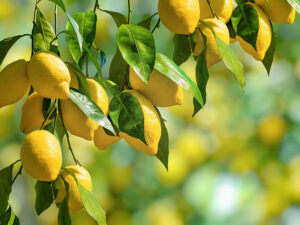
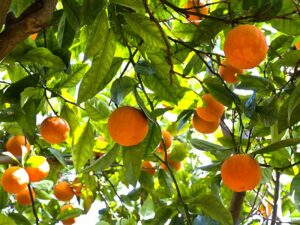
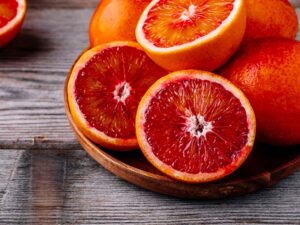

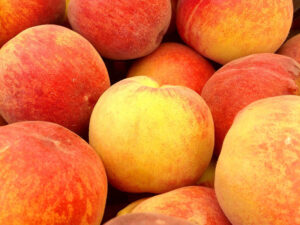
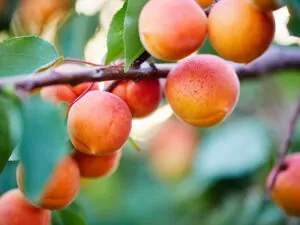
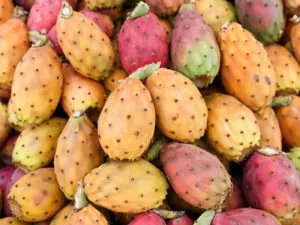
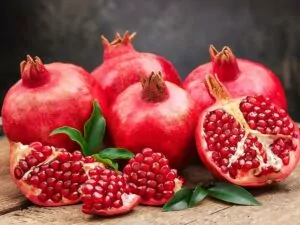
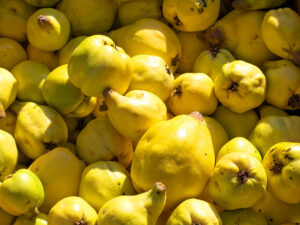
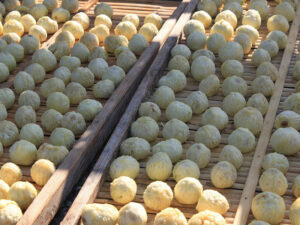
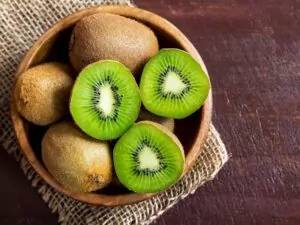
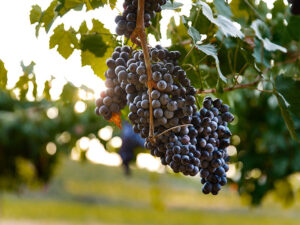






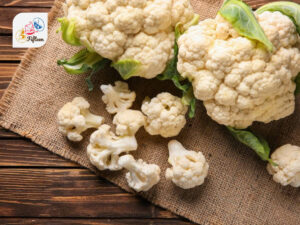
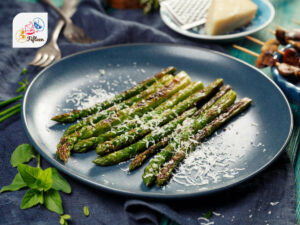
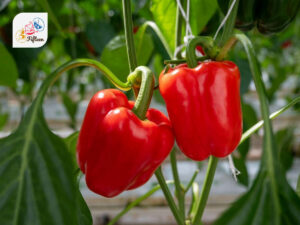
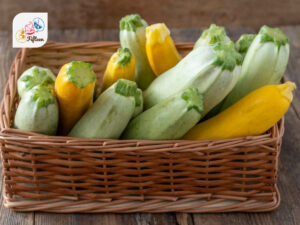
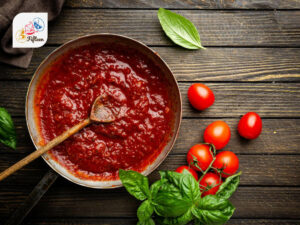
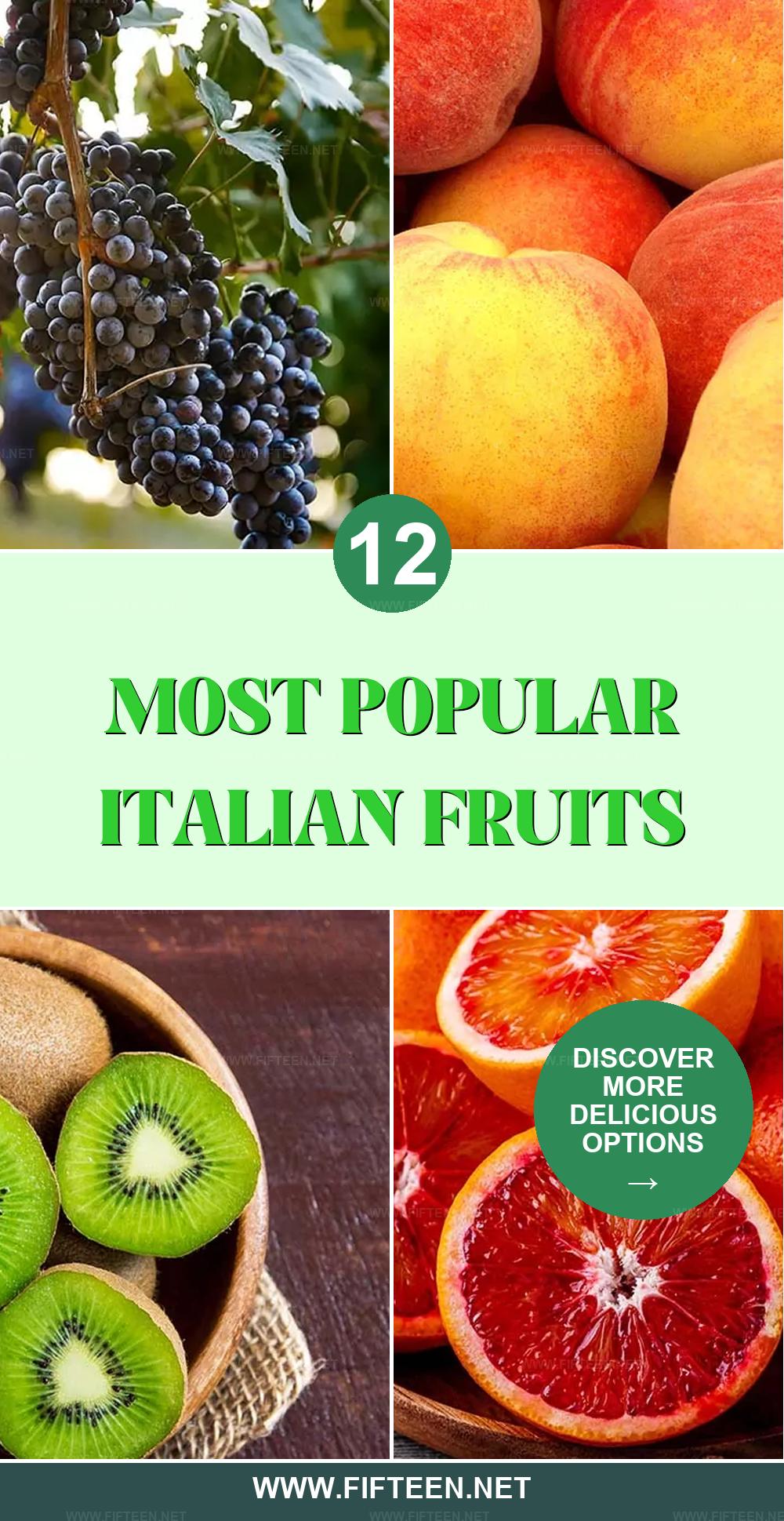
Jamie Scott
Editor in Chief, Senior Content Writer
Expertise
Home Cooking, Meal Planning, Recipe Development, Baking and Pastry, Food Editor, Cooking-video Maker, Western Food Evaluation Expert
Education
Le Cordon Bleu College of Culinary Arts
Local Community College, New York, NY
Jamie Scott is a skilled culinary expert and content creator specializing in Western cuisine. With over 15 years in the culinary field and formal training from Le Cordon Bleu, Paris, Jamie deeply understands how to blend nutrition with delicious flavors. His passion for cooking matches his commitment to making healthy eating accessible and enjoyable.
On Fifteen.net, Jamie brings a fresh perspective to classic dishes and beverages, offering readers insightful recipes, cooking tips, and a fresh view on meal planning that emphasizes taste, health, and simplicity.